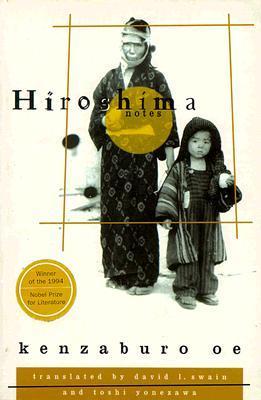What do you think?
Rate this book


192 pages, Paperback
First published January 1, 1965









 The manga series "Barefoot Gen" is also a great read about the bombing of Hiroshima and its aftermath ( an excellent review from Bruce )
The manga series "Barefoot Gen" is also a great read about the bombing of Hiroshima and its aftermath ( an excellent review from Bruce )
The contemporary state of Japan and its people in their post-modern phase cannot but be ambivalent. Right in the middle of the history of Japan's modernisation came the Second World War, a war which was brought about by the very aberration of the modernisation itself. The defeat in this War fifty years ago occasioned an opportunity for Japan and the Japanese as the very agent of the War to attempt a rebirth out of the great misery and sufferings that were depicted by the ‘Post-war School’ of Japanese writers. The moral props for Japanese aspiring to such a rebirth were the idea of democracy and their determination never to wage a war again. Paradoxically, the people and state of Japan living on such moral props were not innocent but had been stained by their own past history of invading other Asian countries. Those moral props mattered also to the deceased victims of the nuclear weapons that were used for the first time in Hiroshima and Nagasaki, and for the survivors and their off-spring affected by radioactivity (including tens of thousands of those whose mother tongue is Korean).